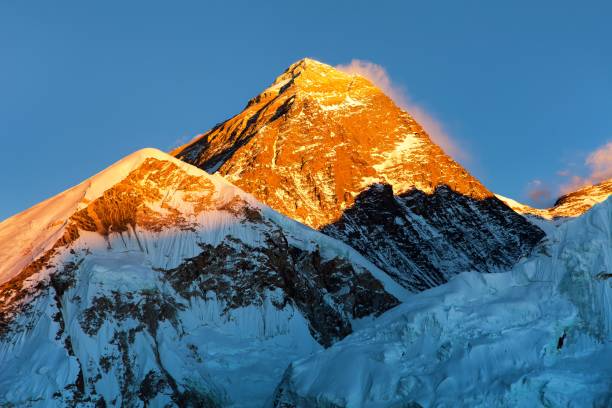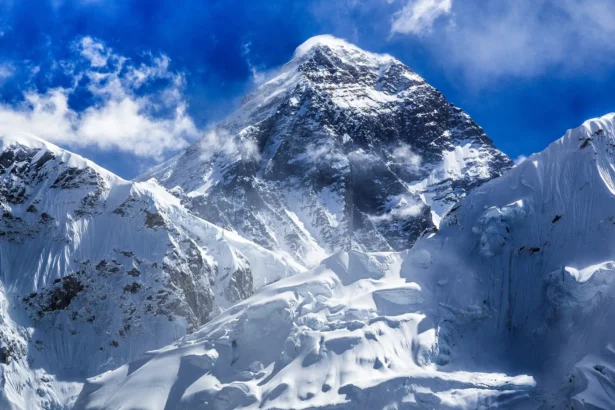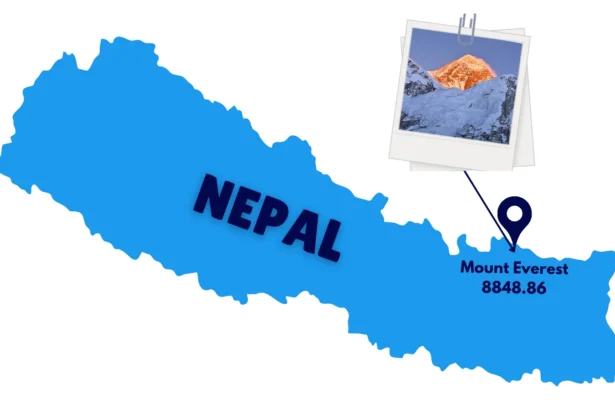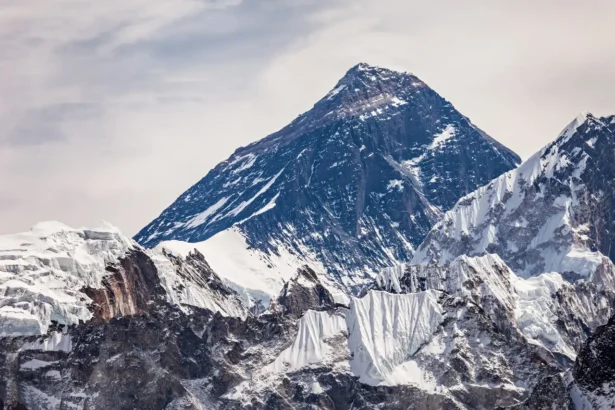The Mount Everest weather is very unpredictable. Whether going up for the summit or down for the Base Camp, weather predictions are of paramount importance. Conditions differ greatly depending on altitude: what might be okay at Base Camp may be deemed unsafe near the summit. Accurate predictions, real-time information, and a basic understanding of the climate zones of Everest would go a long way toward helping plan this trip safely and successfully.
Weather for Mount Everest: What You Need to Know Before You Go
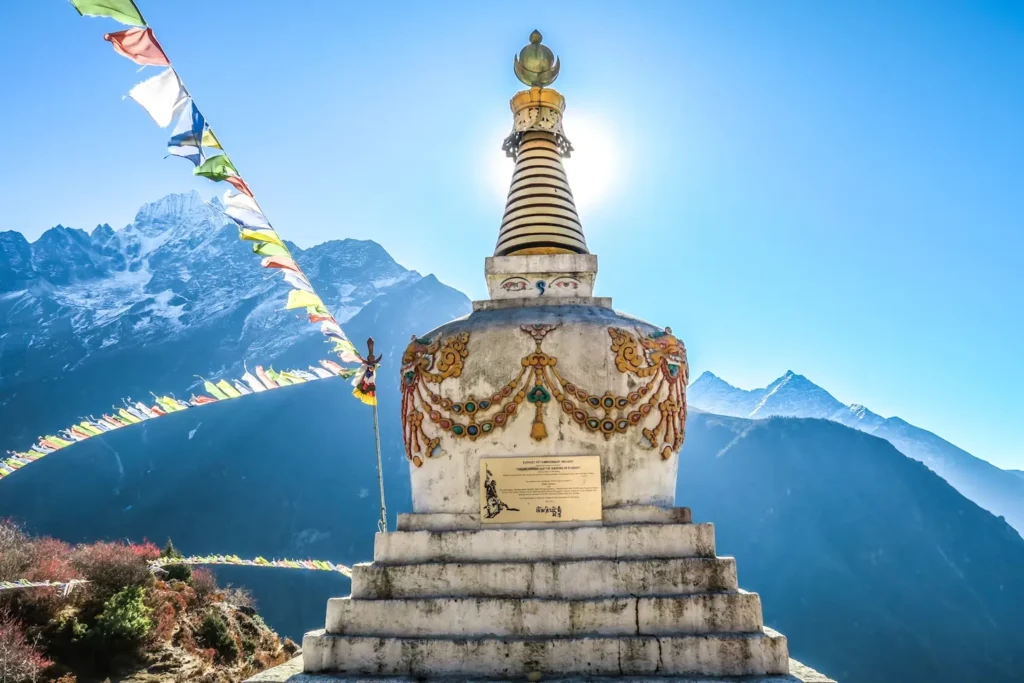
One of the world’s most unpredictable, Nirvana-like weather settings, Mount Everest, can flip a coin within minutes. Even in the best climbing seasons, trekkers and climbers have to face changes in the wind, snow, and visibility. And it is not just the chill mace thrown at them; oxygen levels, wind speed, and rune cloud get all intermeshed with the very current weather at Mount Everest.
So every time you might ask yourself, “How’s the weather in Mount Everest today?”, know that the weather conditions vary starkly between the lower valleys and the icy heights of the summit. Thus, always check for Mount Everest weather forecast before you embark on your ambition. Your life may very well depend on it.
Mount Everest Climate and Weather: Understanding the Extremes
At an extreme altitude and isolated location along the Nepal-Tibet border, the climate and weather of Mount Everest are defined by those very parameters. Over 8,000 meters, it suffers from the weather of an alpine-polar type, meaning it receives very little precipitation but experiences dangerously low temperatures throughout the year.
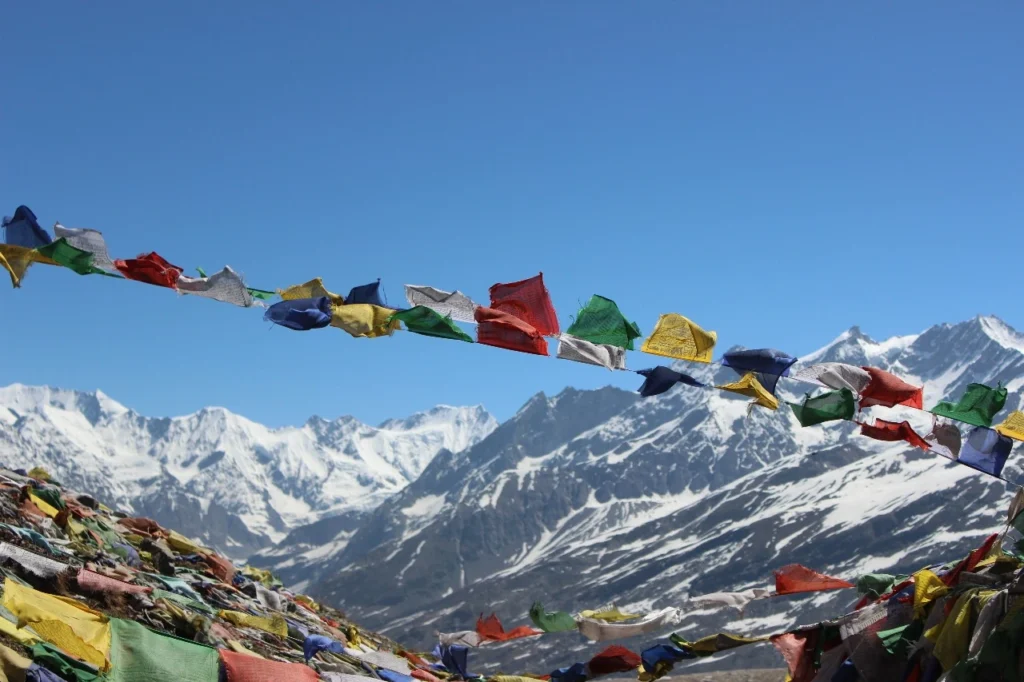
Jet stream-strength winds buffet the summit, bringing with them sudden snowstorms and nights that will chill one to the bone. Considering these severe weather conditions, the weather at the summit of Mount Everest allows for climbing only during narrow seasonal windows, usually in the spring and autumn, when the mountain decides to halt these punishing weather conditions briefly.
Mount Everest Weather by Season: Spring, Summer, Autumn, Winter
Each season presents its own kind of challenge on Mount Everest. The summer Mount Everest weather and climatology, under the monsoons from June till August, has thick cloud cover, heavy rains, and low visibility-for those reasons, few are in any mood to risk climbing.
Spring-April to May is generally accepted as the best Mount Everest season, with its relatively stable weather and clear window days to try summit attempts. Autumn offers clear skies and less crowding, though the temperatures fall rapidly. Winter, on the contrary, is the worst of all Mount Everest’s top weather, with its cruel winds and freezing-cold temperature.
Hence, knowing the weather forecast for Mount Everest by each season does not just serve as an aid but could mean the difference between life and death.
Mount Everest Base Camp Weather: Conditions and Temperature Trends
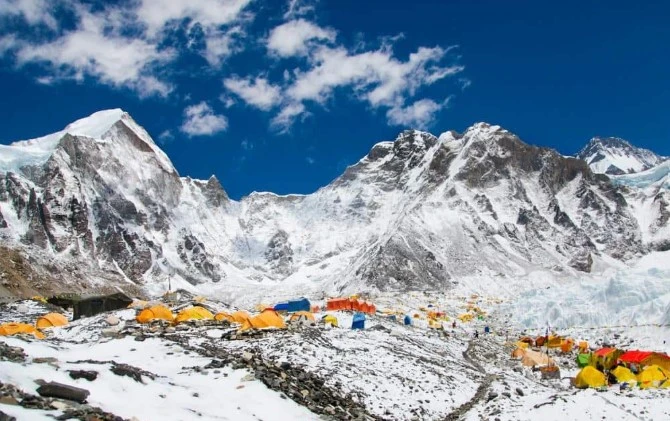
The weather on Mount Everest Base Camp is more tranquil compared to the summit. The winters are quite cold, with the freezing levels keeping the temperature between -12°C and -5°C during the main trekking window. A sudden aggressive gust of wind or lightly falling snow could make the place feel so much colder in the early mornings and late evenings.
The weather at Mount Everest Base Camp influences the entire trek: from the clothes you carry to your very health and even to the processes of acclimatization. One must keep an eye on weather reports concerning Mount Everest, especially when traversing the season just pre-monsoon, because the weather there turns volatile and is prone to fast changes. Forewarned is forearmed on any journey.
Mount Everest Summit Weather: Top of the World Conditions
The Mount Everest Summit weather is one of the harshest in the world. Temperatures sometimes drop below -40°C, and winds may blow more than 100 km/h, thereby exposing each climber to the most extreme agonies. In the extreme conditions that assault every attempted ascent of Everest, the weather on Mount Everest has been a prominent factor in determining failure or high-altitude emergencies.
So harsh and extreme is the air at the summit that, for short few moments at a time-and for very few persons only-can weather conditions be tolerated: Therefore, no one should ever consider climbing above Camp IV without first consulting the latest Mount Everest weather forecast. Time and respect for the great mountain can show the difference between glory and tragedy.
Current Weather on Mount Everest: Real-Time Forecasts and Reports
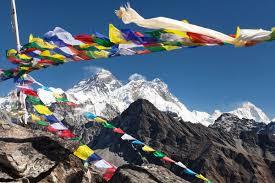
Current Mount Everest weather data is now more readily accessible than ever before. With the marvels of satellite technology and the deployment of weather stations at high altitudes, the advances experienced by climbers now range from getting reports of the live-time Mount Everest weather forecast directly on their gadgets to crucial information on wind speed, snowfall precipitation, temperature, and storm direction relayed down elaborate mobile and satellite tracker systems for anyone setting out on the mountain.
Verifiable Mount Everest weather reports can be obtained from the Himalayan Database or the Everest Weather Station to aid climbers in their decisions. Always remember to check the current weather on Mount Everest before setting out to ensure that you will never be caught by a sudden shift in weather conditions.
Mount Everest Weather Station: Monitoring the World’s Harshest Climate
Established by National Geographic, along with Tribhuvan University, the Mount Everest weather station is an almost unthinkable feat in high-altitude science. The weather station is located near the summit of Mount Everest; it is the highest weather station on Earth and monitors key data measuring wind speed, air pressure, temperature, and other top weather conditions continuously.
The advanced observing station is used to help forecast storms and provide accurate weather reports for Mount Everest. By presenting real-time data, the station has enhanced the knowledge of local extreme climate and weather on Mount Everest, plus has ensured life-saving support from forecasting formidable conditions before they glare at the climbers.
Nepal Mount Everest Weather vs. Summit Weather: Drastic Shifts
The Nepal Mount Everest weather varies in completely different ways between the lower villages and the summit. Indeed, the conditions up there are mostly sunny and perfect for trekking in places like Lukla or Namche Bazaar. With mounting elevation, however, the weather in Mount Everest becomes threatening and more volatile.

It is exactly because of this rapid change that understanding elevation-based climate zones is very important. The weather at Mount Everest can change in a short period from calm and bright to a full-fledged blizzard. Be ready to face anything, including warm sun on the lower trails; icy winds at Mount Everest Base Camp, and hurricane-force gusts high above the death zone near the summit.
Mount Everest Weather Conditions: What Makes It So Dangerous?
Not just the cold weather on Everest makes it so dangerous; its unpredictability is another killer factor. Fierce winds are fairly common, as are sudden white-out conditions and abrupt drops in temperature, all on days that appear to be clear. So many climbers have been tricked not by the difficulty of the climb but by the dreadful Mount Everest weather.
The death zone is the greatest threat inside a storm, where there is no oxygen, and one cannot hope to be rescued. Even the utmost experienced climbers with the best gear can be overtaken. In conclusion, the weather on Mount Everest will remain the greatest hindrance in the way of a successful summit.
How to Prepare for Mount Everest Weather: Gear, Strategy, and Safety
It requires more than just being warm while preparing for Mount Everest weather, for strategy, awareness, and respect must go with it. First, check the current Mount Everest weather, and pack clothing in layers capable of resisting temperatures down to -40°C or beyond.
It is wise to go in the company of proficient guides, keep track of weather predictions for Mount Everest, and be patient until a good weather window shows up. It may be tempting to disregard the weather forecast for Mount Everest; however, doing so can wreak havoc in the form of frostbite, AMS (acute mountain sickness), and something far worse. Strength is just one variable in a chain of events for survival on Everest; in reality, it is an issue of readiness, timing, and listening to the mountain.
Conclusion: Conquer Everest with the Right Weather Strategy
Phenomenal and legendary, this mountain is met with equally tempestuous weather on Mount Everest. Within moments, weather conditions may change from frozen summit to a cold walk at Base Camp, affecting every moment of the trek. Whether trekking in the Khumbu or on the summit of the earth, it is not just smart to know the latest Mount Everest weather forecast but also to know the seasonal trends and prepare for anomalies in weather conditions.
Goes above and beyond just defining the climb: The weather on Everest is indeed the fate.
Read more: Mount Everest Death: How Many People have Died on Everest?
FAQs (Frequently Asked Questions)
1: What kind of weather does Mount Everest have?
The weather on Mount Everest is harsh, unpredictable, and changes abruptly. Temperatures drop below -40°C, and wind speed climbs over 100 km/h. These kinds of conditions make for the toughest climatic situation.
2. What kind of weather does the Mount Everest Base Camp witness?
Mount Everest Base Camp weather remains cold and dry, especially during spring and autumn. Temperatures range between -12°C to -5°C during peak seasons. Snow and wind can still make it feel much colder, even on clear days.
3. When is the favorable season for climbing Mount Everest?
The Two Seasons for Mount Everest would be Spring (April-May) and Autumn (September-November). During these windows, weather conditions remain comparatively stable, and wind speeds tend to be lower. Avoid monsoon and winter due to harsh weather conditions.
4. How accurate is the Mount Everest weather forecast?
The Mount Everest weather forecast has been improving over the years, owing to satellite data and local stations. It can give a climber or trekker a maximum of seven days of warning. Nevertheless, mountain weather is ever-changing, so these updates need to be taken every day.
5. What is the temperature on Mount Everest?
The temperature during the climbing season on the Mount Everest summit can drop to below 40°C. Wind chill can make things even colder, especially above 8,000 meters. Because of these extreme conditions, very little time is spent at the summit by climbers.
6. Where do I check the weather on Mount Everest at present?
The current weather at Mount Everest can be tracked on satellite apps and expedition sites. Everest Weather Station and the Himalayan Database are among the trusted sources. Many guides of treks will also provide live weather reports during the expeditions.
7. Why does the weather on Everest pose so much threat to human lives?
It’s not just cold; weather conditions on Mount Everest can change within minutes.
Blizzards, whiteouts, and sudden onrush of storms trap climbers amid dangerous altitudes where poor timing can lead either to frostbite or, at best, to altitude sickness and ultimately, quite possibly, death.
8. Is the weather on Mount Everest different from the nearby villages?
Yes, the weather in Nepal varies much on Mount Everest as per elevation. In contrast, a village like Lukla might be warm and clear while the summit is cold and stormy. This juxtaposition makes preparation for altitude awareness imperative.
9. Does it snow on Everest throughout the year?
Snowfall on Mount Everest is common throughout the year, especially above Base Camp. The greater part of the snowfall happens during pre-monsoon and monsoon times. The climbing becomes dangerous with dry snow and ice, even in seemingly fair weather.
10. How do climbers prepare for the weather of Mount Everest?
Preparations mean gearing for -400 Celsius, layering clothing, and constant checks on forecasts. The bulk of the climbers trust their expert guides, weather windows, and real-time weather updates. Respecting Mount Everest’s weather is quintessential to the safe summit.

